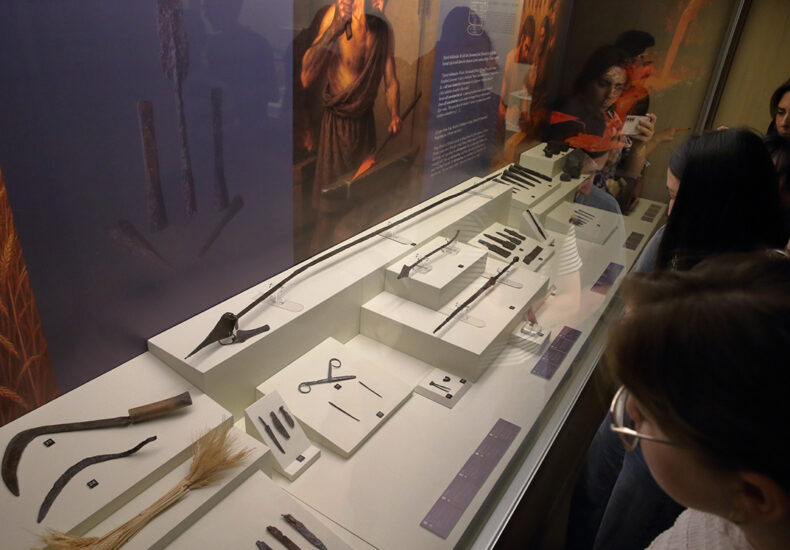
Mysterious 2,200-Year-Old Galatian Spear from Hattusa Goes on Display for the First Time
A unique 2,200-year-old iron spear, unearthed in the ancient Hittite capital of Hattusa, is now on public display for the first time. The weapon, unlike anything else found in Anatolia, is the centerpiece of the “Hapalki: Iron” exhibition at the Boğazköy Museum in Türkiye’s Çorum province.
The spear was discovered in 2010 during excavations carried out by the German Archaeological Institute under the permission of the Turkish Ministry of Culture and Tourism. Dated to the Galatian period, it measures 185 centimeters in length and features two iron ornaments attached to its tip. According to excavation director Prof. Dr. Andreas Schachner, these unusual features suggest that the object was never meant for battle but rather served a ceremonial or symbolic purpose.
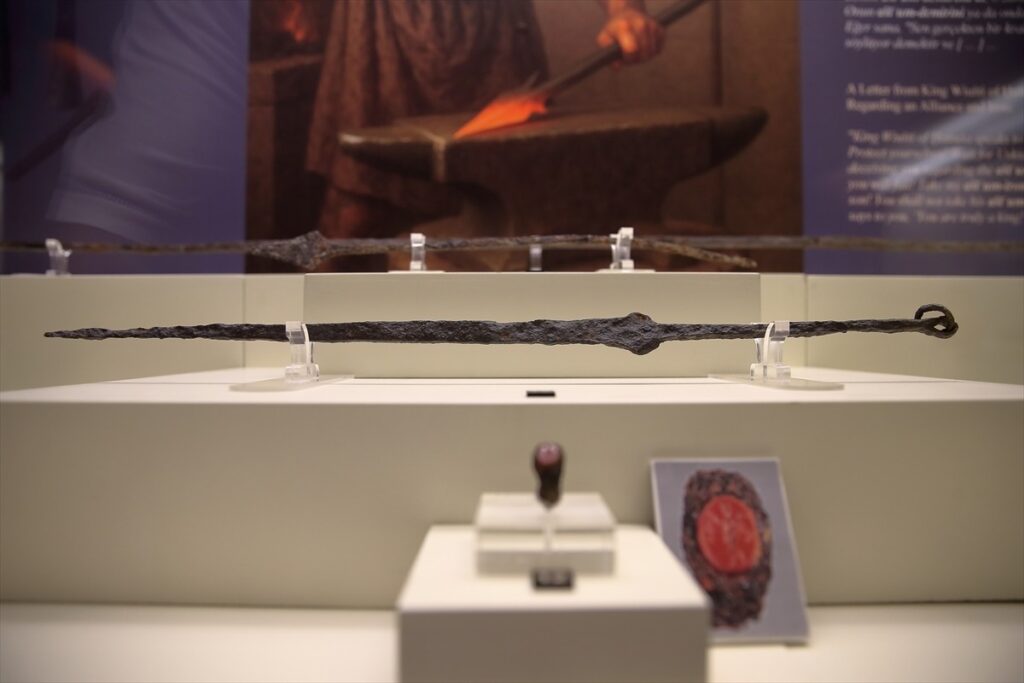
The artifact was found in the main chamber of a small Galatian fortress built over an earlier Hittite settlement in the Kesikkaya area of Hattusa. “We have found nothing similar in Anatolia or in regions once inhabited by the Galatians or Celts,” said Prof. Schachner. “Its meaning remains a mystery, but it is undoubtedly a striking find.”
Forged using ancient ironworking techniques, the spear may once have had its shaft wrapped in leather, cloth, or wool for better handling. Its near-perfect preservation after more than two millennia makes it an exceptional example of ancient craftsmanship.
📣 Our WhatsApp channel is now LIVE! Stay up-to-date with the latest news and updates, just click here to follow us on WhatsApp and never miss a thing!!
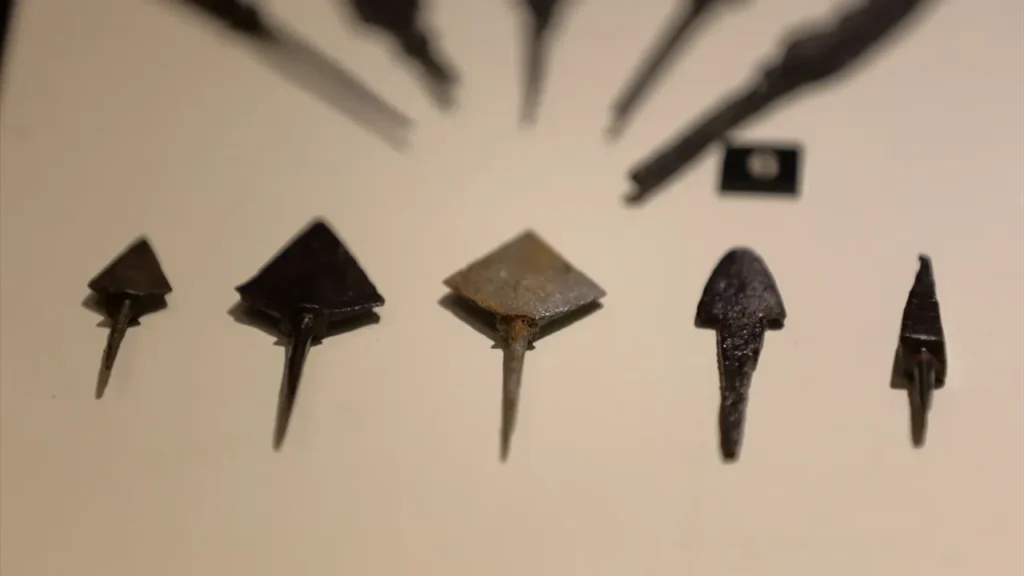
The “Hapalki: Iron” exhibition showcases 3,500 years of iron use in Anatolia and features 83 artifacts in total, with the Galatian spear as its highlight. It forms part of the “102 Exhibitions for the 102nd Anniversary of the Republic: A Journey into Anatolia’s Cultural Heritage” initiative.
You may also like
- A 1700-year-old statue of Pan unearthed during the excavations at Polyeuktos in İstanbul
- The granary was found in the ancient city of Sebaste, founded by the first Roman emperor Augustus
- Donalar Kale Kapı Rock Tomb or Donalar Rock Tomb
- Theater emerges as works continue in ancient city of Perinthos
- Urartian King Argishti’s bronze shield revealed the name of an unknown country
- The religious center of Lycia, the ancient city of Letoon
- Who were the Luwians?
- A new study brings a fresh perspective on the Anatolian origin of the Indo-European languages
- Perhaps the oldest thermal treatment center in the world, which has been in continuous use for 2000 years -Basilica Therma Roman Bath or King’s Daughter-
- The largest synagogue of the ancient world, located in the ancient city of Sardis, is being restored

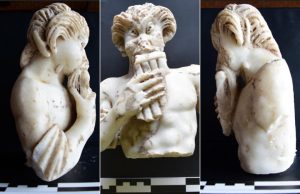
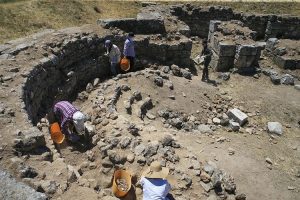
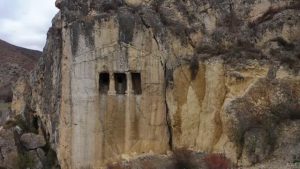
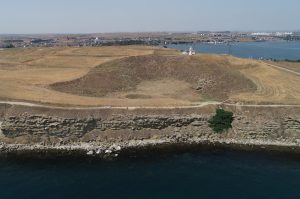
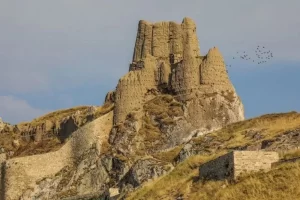
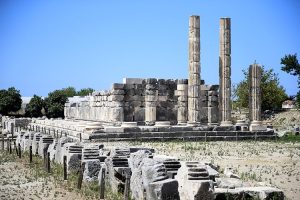


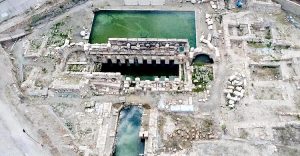
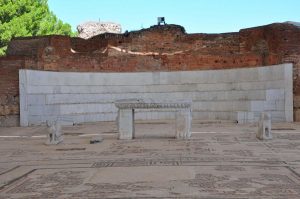
Leave a Reply